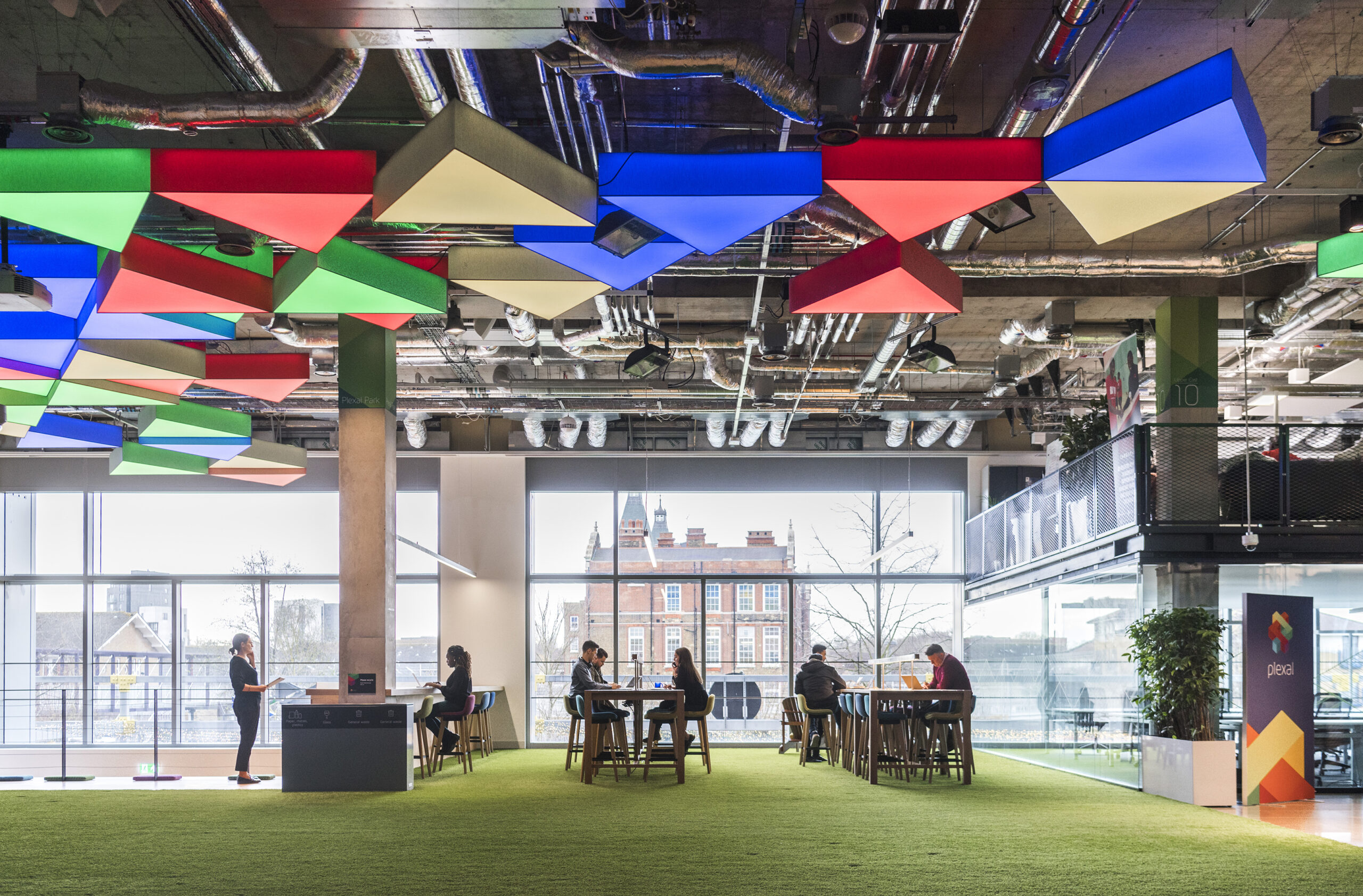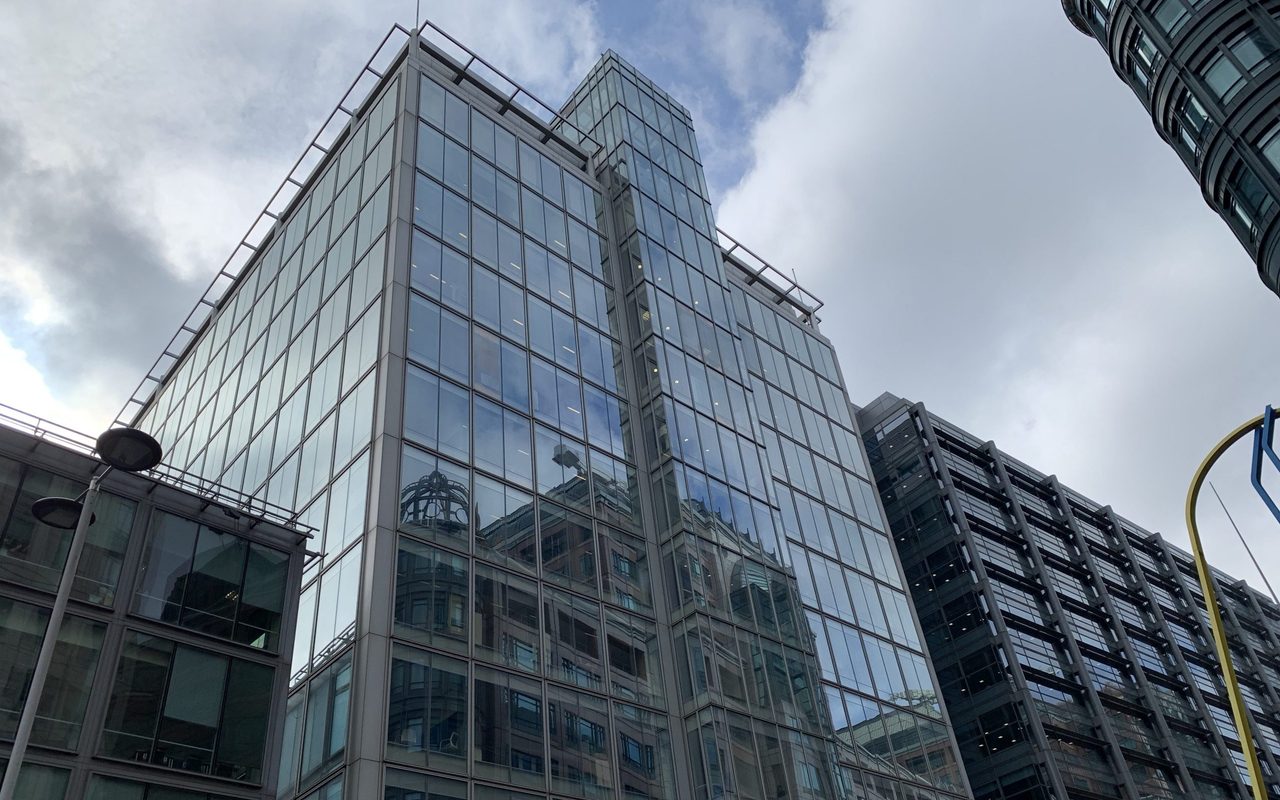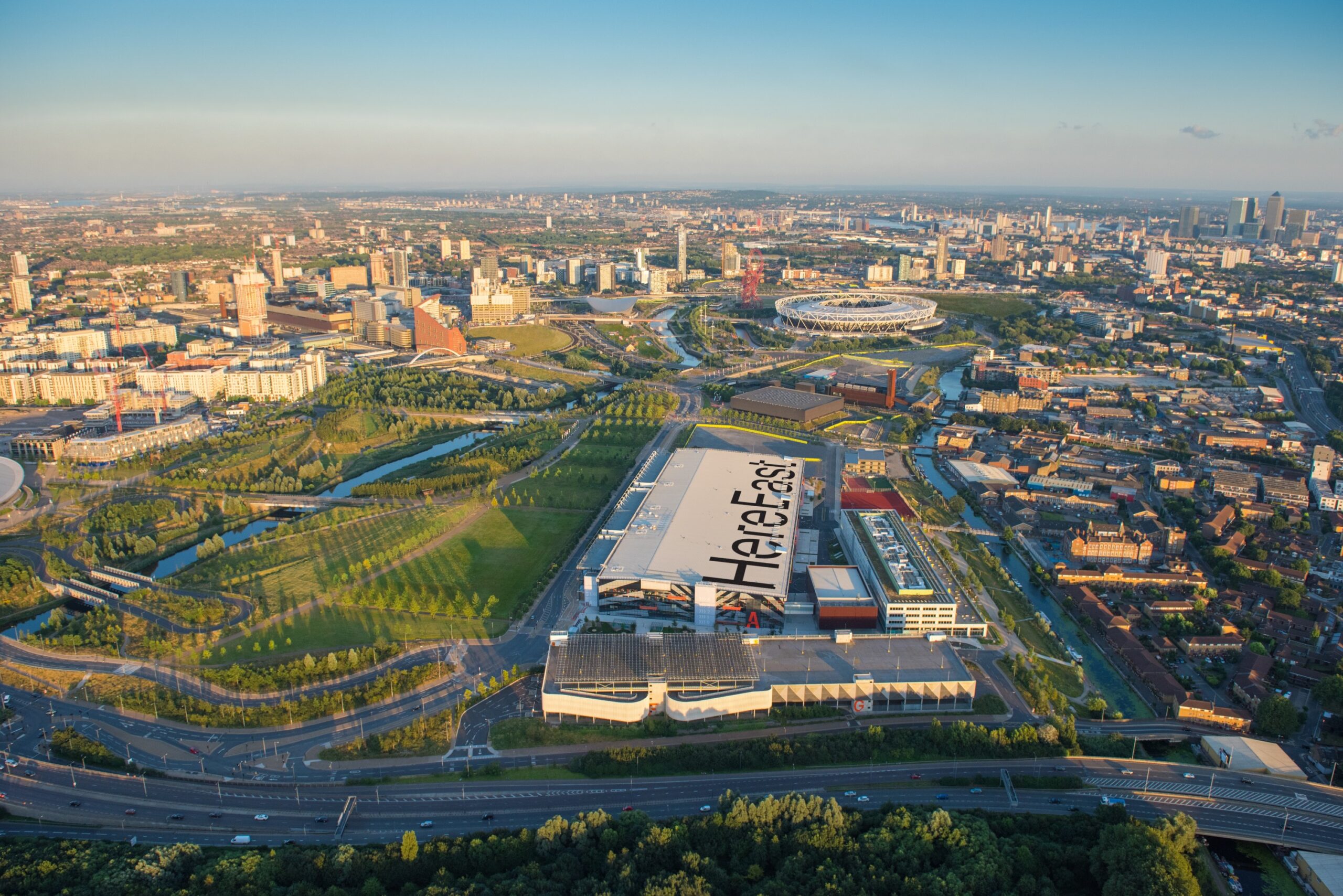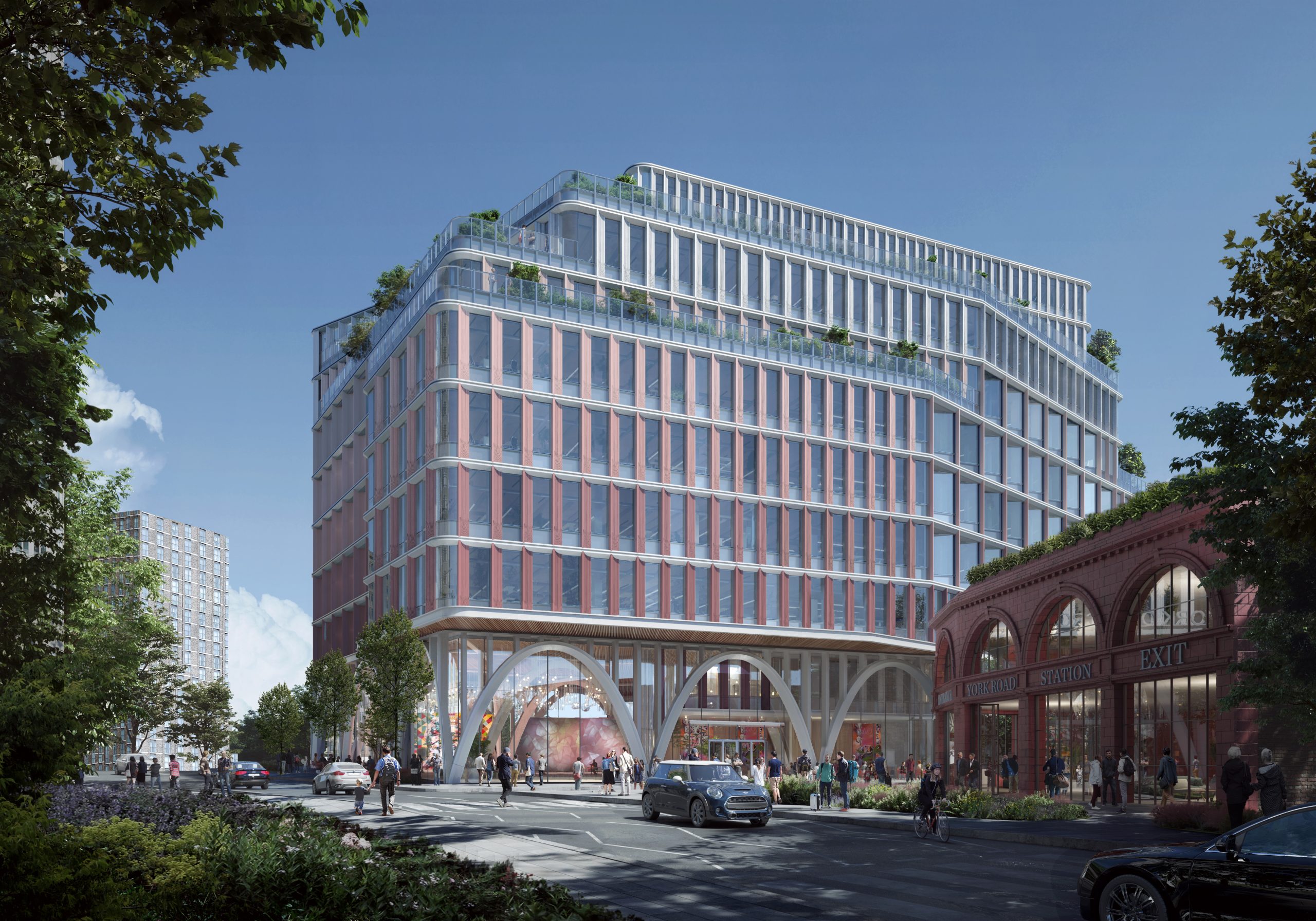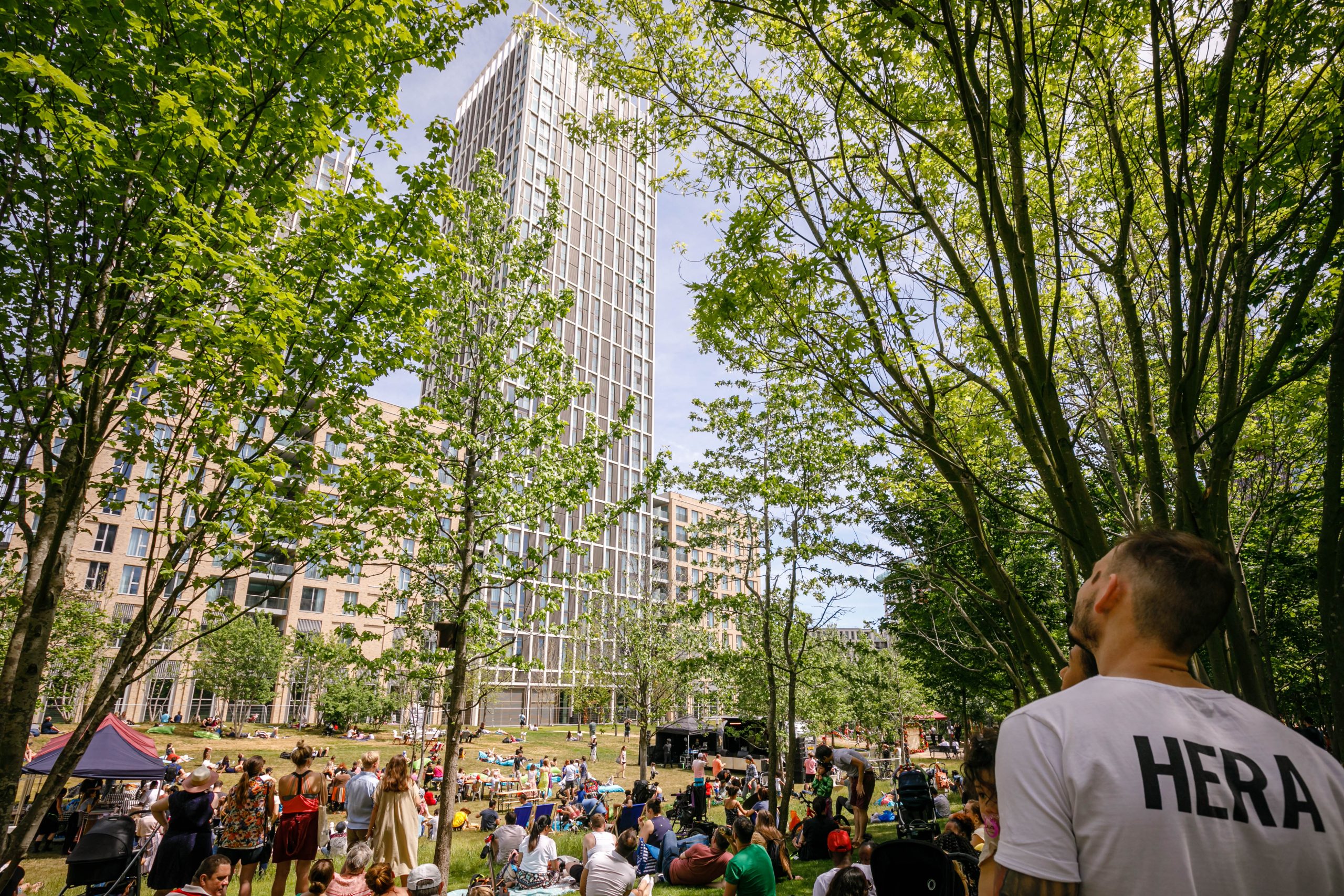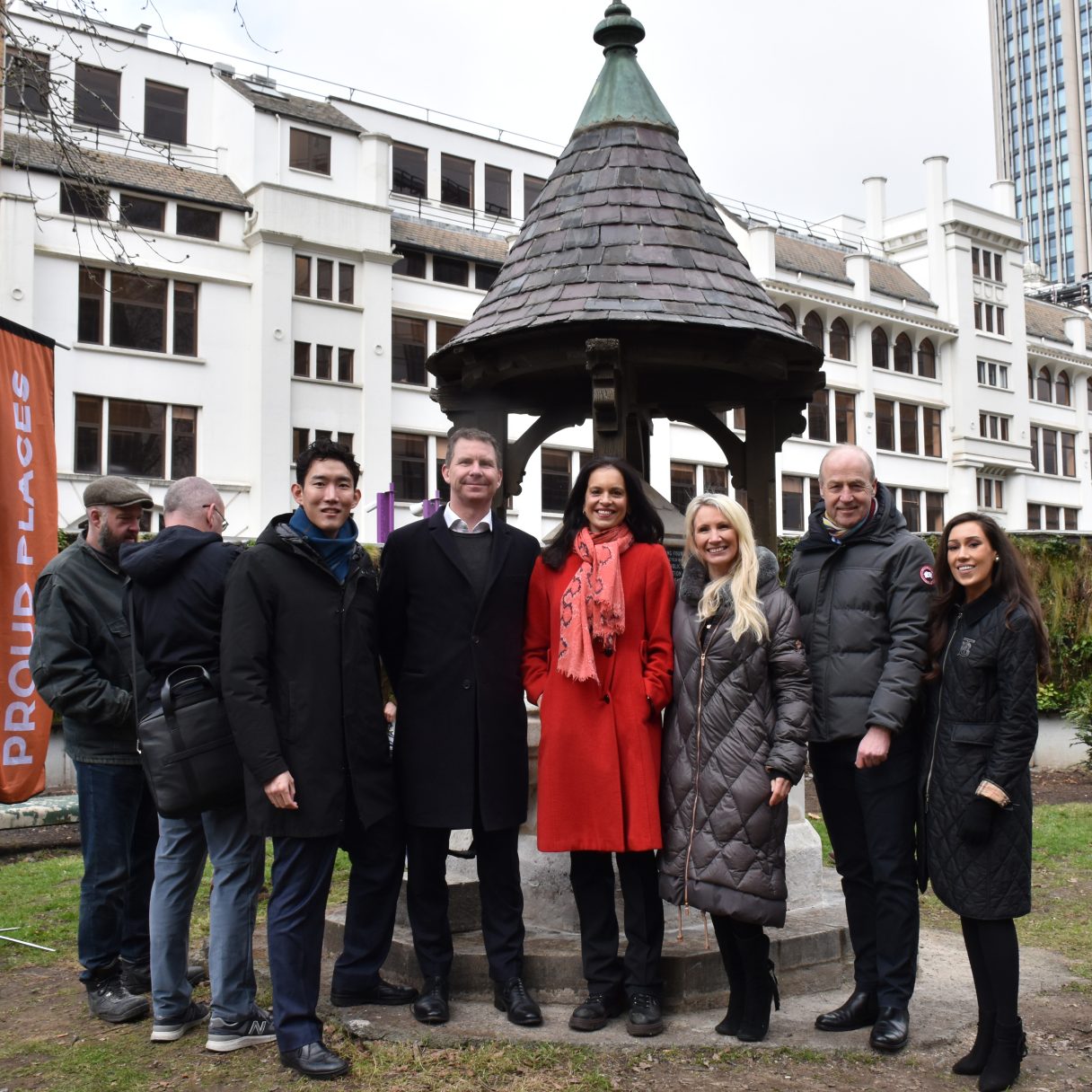
Southwark’s WWII Survival Drinking Fountain Working Again
Heritage of London Trust (HOLT) has partnered with Southwark Council and developer Delancey Real Estate to complete the restoration of a Victorian drinking fountain at the south end of Blackfriars Bridge, in Christ Church Garden.
Free fresh drinking water is once again available for this historic part of Southwark’s visitors and residents. The fountain is the 14th to be fully restored across the city by Heritage of London Trust.
During restoration, 130 young people from local schools and youth groups have visited the fountain, met conservators, and enjoyed creative and stonemasonry workshops as part of HOLT’s Proud Places youth engagement programme.
About the drinking fountain
The Christ Church drinking fountain was erected in 1900 when the churchyard was relandscaped and opened as a public garden by the Metropolitan Public Gardens Association. The church was destroyed by bombing in 1941 – its burning cross fell into the churchyard, scorching the ground, which is still marked in the ground. The fountain survived the bombing.
The Restoration Project
In recent years, the fountain had partially sunk into the ground and a falling tree had damaged the roof. The extensive damage meant the fountain had been switched off for some years. The original carved stone bowl and taps were also missing.
Now the drinking fountain has been set on new foundations to combat subsidence issues and has a fresh drainage system. We have also repaired its roof, and installed new taps and a brand-new, hand-carved stone water basin.
The restoration project will help people save money on buying bottled water, reduce plastic bottle litter, and encourage more community use of this green space in Southwark.
About Passmore Edwards
The Christ Church drinking fountain was erected in 1900 by John Passmore Edwards (1823 – 1911) a prominent publisher, journalist and philanthropist in Victorian London.
Passmore Edwards was a passionate advocate for improving the lives of the working class, in particular ensuring their access to clean water. He donated 11 drinking fountains throughout his lifetime, including the Christ Church fountain, which is one of three which remain today. His aim was to “place drinking-water within reach of many of the poorest.”
In 1902, the South London Press reported, “He had recently endeavoured to ascertain in what way the greatest amount of good could be achieved at the smallest cost, and had come to the conclusion that money could not be better spent for the general benefit of the community than in the establishment of drinking fountains in open spaces.”
Public drinking fountains were introduced to London in the 1850s as water-borne diseases spread among the rapidly expanding urban population. Fountains provided a vital public amenity for those who could not afford piped water in their homes.
Dr Nicola Stacey, Director, Heritage of London Trust commented:
“We are thrilled to restore this beautiful historic fountain – now back in use as a public amenity after so many years. This is one of 14 historic fountains we’ve restored across the city and it’s fantastic to see the local community making use of it. Many thanks to our supporters Delancey who have helped make this project possible.”
Dominic Leary, Parks Officer Southwark Council commented:
“It was a pleasure to work with Heritage of London Trust on the restoration of Christ Church fountain. The fountain sits in Christ Church Gardens, an important local green space that provides the community of Southwark with a restful enclave among the hustle and bustle of the cityscape.”
Jamie Ritblat, Founder and Chairman, Delancey commented:
“We are proud to support this important community project, to help drive towards a more sustainable future for the city. We’ve helped fund numerous Heritage of London Trust projects over the years, but this is one of our favourites. We’ve loved the interaction with the local schools and community groups. To support the restoration in partnership with Southwark Council, who we already work with on our regeneration of the Elephant and Castle town centre, has made it extra special.”
